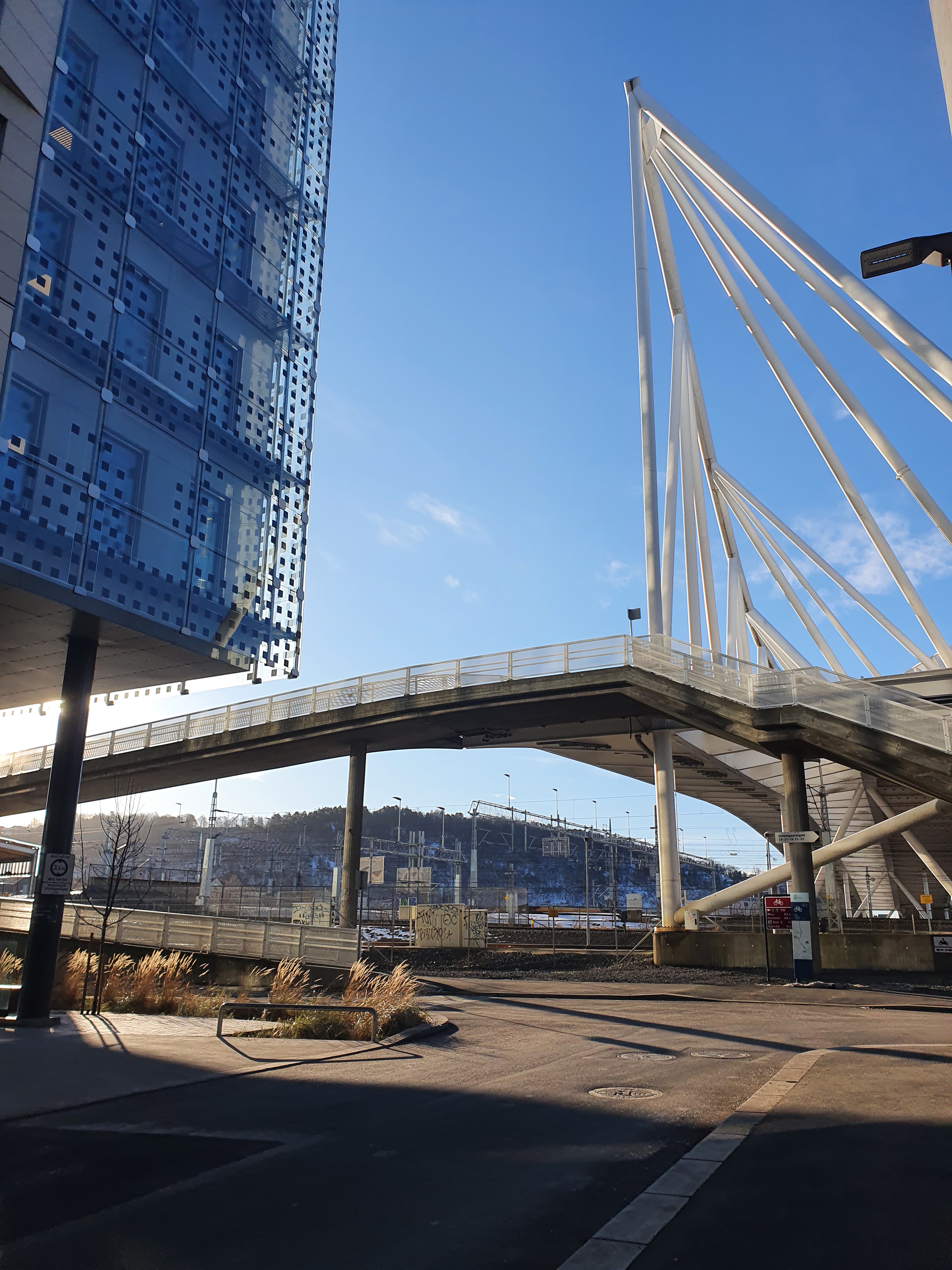Emotions received during my exchange semester at the Univiersity of Oslo will never be forgotten

Choosing a university
It was incredibly difficult to choose a university for an exchange program. When I first thought about exchange, I was torn between 4 countries: Norway (University of Oslo), Sweden (Uppsala University), Italy (University of Venice) and the Netherlands (University of Groningen).
While selecting the necessary courses, I realized that preference should be given to the University of Oslo.
This university turned out to be optimal for me: it offered courses that most closely intersect with my academic program (computational linguistics). As a result, I decided to choose the University of Oslo and not apply for exchange to other universities and countries. Honestly, it was the right decision for me.





University
The University of Oslo is very modern. Despite the fact that the university is the oldest in Norway, the buildings located in the Blindern district look as if they were built very recently, with floor-to-ceiling windows, a combination of wood and stone and other very pleasant modern bonuses.
In addition to the fact that the University of Oslo is the oldest in Norway, it is also the largest one: it has several campuses throughout Oslo, most of the faculties are located in the Blindern area, so you can walk from one building to another, study in different libraries, etc.
I studied in two buildings (the Faculty of Computer Science and the Faculty of Mathematics) and I incredibly enjoyed studying right there. Inside the buildings everything is done so pleasantly that you can sit there until 12 p.m (the main thing is to get out before 00:00, otherwise the doors of the buildings are blocked).
Study
Studying at the University of Oslo is absolutely different from studying at the Moscow HSE.
Many students choose only 3 courses per semester. Since most subjects at the university weigh 10 credits each, there may not be a need for more (only if students do not want to take additional courses themselves).
At the same time, the choice of English-language courses is huge, and exams can often be written in +- 3 or 4 languages: Norwegian Bokmal, Norwegian Nynorsk, English (and sometimes Swedish or Danish). Thus, foreign students have a huge choice of directions that they can study here.
Despite the fact that there may be only 3 subjects per semester, the workload may vary from course to course. So, somewhere there may be a fairly tangible number of deadlines (for example, several large projects /homeworks/essays before the exam), and somewhere there may be only one project/essay or something else that admits a student to the exam. It also seems that workload can also vary from faculty to faculty.
Talking about the examination process, all written exams are taken in a special building, where students solve tasks and hand them over to observers. Since there are no accumulated grades in many courses (as far as I know, there are none of accumulated grades anywhere, but I assume that courses where there are “accumulations” still exist), students receive final scores based on the result of exams.
Initially, I had to take 3 courses at the University of Oslo: two at the Faculty of Mathematics (Visualization of Scientific Data, Machine Learning and Statistical Methods for Prediction and Classification) and one at the Faculty of Informatics (Neural Methods in Natural Language Processing). However, one of them did not correspond to the stated description (the course Visualization of Scientific Data was not so much about the visualization of scientific data as about computer graphics). Then the mobility administration of the University of Oslo allowed me to withdraw this course, so attendance to the courses is flexible.
The remaining courses were incredibly useful. Of course, they were not absolutely close to applying knowledge in the production field, but with regard to them I was able to understand more deeply how neural networks and machine learning work.








Oslo
The first thing about Oslo is that the city is very expensive. Almost everything is expensive here, from telephone communication to public transport. However, you get used to it quickly (at least I hope so). It is important to calculate how much per month one could spend here on a special calculator.
Oslo is a very quiet city. Everything is very, very unhurried here, but this reflects as much as possible the comfort to which it is very easy to get used to in Norway.
In winter it is not as cold as it may seem (no colder than in Moscow), and in summer you can swim in the Oslo Fjord and enjoy the warm sun. For me, the climate turned out to be as comfortable as possible (even better than I could have imagined).
The most interesting and memorable event of the semester turned out to be Constitution Day. On this day, many residents of Oslo put on national clothes and go to the parade in the city center: they reach the Royal Palace and disperse to celebrate the holiday throughout the city. The atmosphere at this moment is just incredible.
I haven't been able to travel around Norway yet, but I would really like to do it in the future.
Conclusion
Exchange studies may turn out to be a kind of challenge, but nothing will replace the feeling of sitting around a campfire near the lake at night, looking at the fjord from the hill of the Old Town and even doing tasks in the library with a view of the same fjord.
Now my semester in Norway is coming to an end, but I know that the emotions received here will never be forgotten.